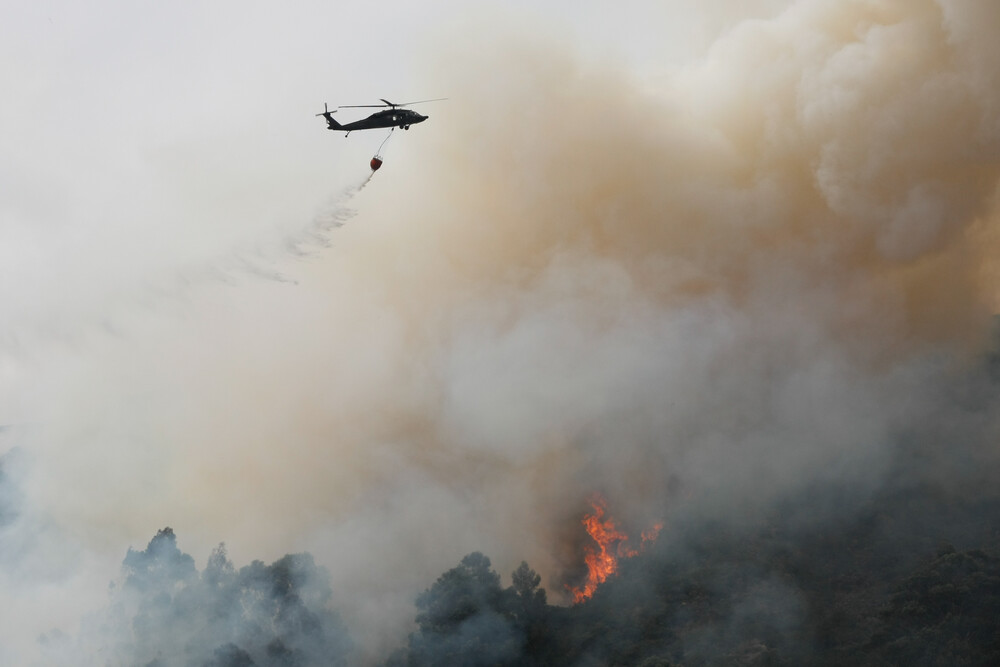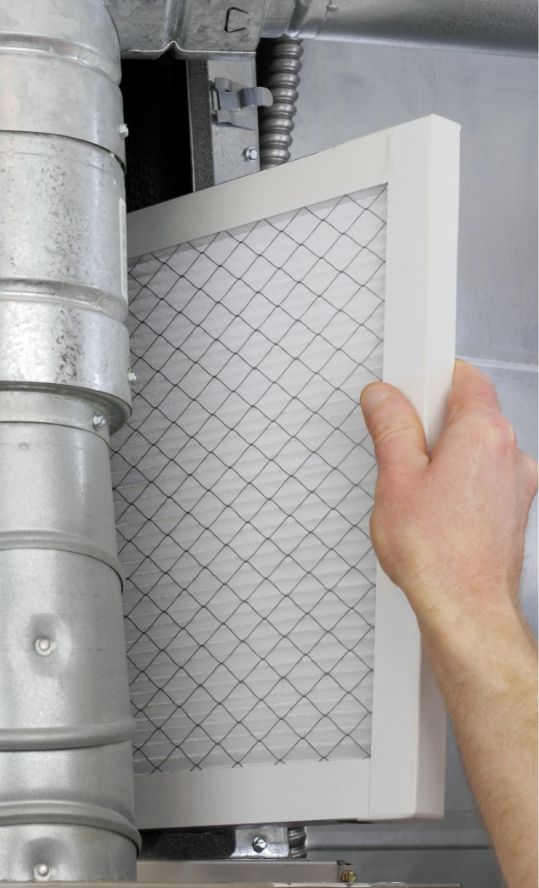
Wildfire Season – Protecting Commercial Occupants From Smoke
HAVING A PLAN FOR WILDFIRE SEASON IS ESSENTIAL
With wildfires spreading across the Western provinces, the effects of smoke and contaminants are hard to ignore. If you haven’t already implemented a plan to deal with the harmful effects of smoke in your indoor spaces and occupants, now is the time to take action.
ASHRAE (formerly the American Society of Heating, Refrigerating and Air Conditioning Engineers) offers guidance, Planning Framework for Protecting Commercial Building Occupants from Smoke During Wildfire Events, that recommends heating, ventilation, and air conditioning (HVAC) and other building measures to minimize occupant exposures and health impacts from smoke during wildfire and prescribed burn smoke events.
The recommendations are designed for buildings that use HVAC systems with air-handling units that bring outside air into buildings or recirculate indoor air. The planning framework is specifically for commercial buildings, schools and other similar building types and is not intended for single-family homes.
The planning framework focuses on reducing exposure to PM2.5 and provides recommendations and processes for developing a Smoke Readiness Plan for commercial buildings and other similar building types that can be implemented when smoke is forecast or during smoky days.
 Actions that should be taken before and during a smoke event,
Actions that should be taken before and during a smoke event,- A checklist to determine if the HVAC system is ready for a smoke event,
- Information on how to properly use portable air cleaners,
- An overview of how to determine the safe operation of HVAC systems when using higher efficiency air filters, and
- References and additional resources.

10 Elements of a Smoke Readiness Plan
The planning framework identifies the following elements that building managers should include in a written, building-specific Smoke Readiness Plan:
- Purchase smoke preparation supplies, such as portable air cleaners and extra filters.
- Evaluate the ability of the HVAC system to handle a higher efficiency filter. (The planning framework recommends MERV 13 or higher filters during smoke events.)
- Conduct a full maintenance check on the HVAC system and make repairs if needed.
- Assess and maintain adequate air flows to protect occupant health and equipment during smoke events.
- Prepare to add supplemental filtration at the intake air vent where possible.
- Assess filter conditions by adding a port or pressure gauge to measure the filter pressure drop on at least one air-handling unit.
- Weatherize the building to limit smoke intrusion. Consider measures such as limiting allowable entrances to reduce smoke entry.
- Prepare to monitor indoor PM2.5 by purchasing one or more low-cost air sensors designed to measure the pollutant. These low-cost sensors can be used to show trends in PM2.5 levels (i.e., whether PM2.5 is increasing or decreasing). These low-cost sensors will not be as accurate as regulatory monitors but can show whether your interventions are reducing indoor PM2.5.
- Determine how to create temporary cleaner air spaces within the building.
- Anticipate sources of indoor PM2.5, such as cooking, vacuum cleaning, use of printers or copiers and smoking, that can increase levels of PM2.5 within the building.
Members of ASHRAE’s Guideline Project Committee (GPC) 44P developed this planning framework for the 2021 wildfire season, and it is available to the public free of charge.
EPA, the National Institute of Standards and Technology (NIST), other federal and international organizations and industry are serving on ASHRAE’s committee to produce a guideline, Protecting Building Occupants from Smoke During Wildfire and Prescribed Burn Events, which is expected to be completed in 2022. The guideline document will provide comprehensive information for building design, commissioning, operation, and maintenance for schools, commercial buildings, and multi-unit residential buildings to protect occupants from smoke during wildfires and prescribed burns. The guideline will be the first of its kind to provide recommendations to help building owners and managers prepare and respond to smoke.
More information about the purpose and scope of the proposed guideline can be found on the ASHRAE Titles, Purposes and Scopes webpage under GPC 44P.
BGE HAS EXPERIENCE
BGE manufactures and distributes air filtration solutions across Western Canada. We are familiar with the impact of wildfire smoke and have the filters, equipment and experience to help you plan ahead.
If you would like to learn more, please visit: https://bgecleanair.com/products/ or speak with a BGE Clean Air Advisor in your area https://bgecleanair.com/contact/

Your Partners In Clean Air
Call 780-436-6960 today to speak with a BGE Clean Air Advisor.




